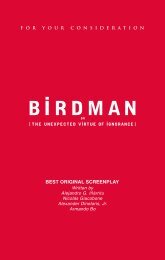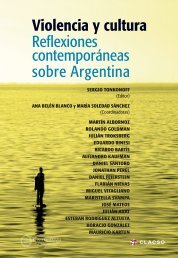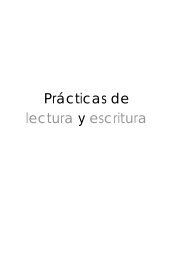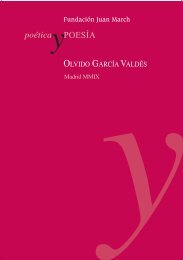blueprints
blueprints
blueprints
You also want an ePaper? Increase the reach of your titles
YUMPU automatically turns print PDFs into web optimized ePapers that Google loves.
38 | anna deavere smith<br />
And so, the cultural scene there was quite like the land. Stunning pockets—<br />
quiet almost—in which people minded their own business in small fiefdoms.<br />
After the unsettled decades before, there was not really a desire to have<br />
it all come together. Perhaps because there would be no coming together<br />
and no language calling anyone to come together (anymore), I and others<br />
were left to find a new language. I chose to have others give me the language.<br />
I went to acting school, where great language already written would<br />
be studied, and where I would learn how to speak that language of others.<br />
And that language, the language of modern playwrights, though it looked<br />
like normal talk—was not normal talk at all. It was heightened speech.<br />
From that point, beginning first with the language of realism, which seemed<br />
like normal talk, we began to build the imaginations and the physical ability<br />
to speak the language of the classics, the language of poetry. We were<br />
also trained to move in that way. It was my mime teacher—the person without<br />
words—who said to me, “Have a rich life, and haiku will come.”<br />
San Francisco was the most diverse community I had ever lived in. I’d<br />
grown up on the East Coast, where diversity meant blacks and whites, or<br />
“Negroes” (as we were then called) and whites, or Negroes (big wall), or<br />
whites (big wall). Inside the white community where Gentiles (big wall)<br />
and Jews. Or inside the Gentiles, Polish (big wall), Italians (big wall), Catholics<br />
(big wall), Lutherans (big wall), and so forth. And inside the Negro<br />
community, educated (big wall) and un-educated or lower-middle-class<br />
poor people (big wall), light-skinned Negroes (big wall) and darker-skinned<br />
Negroes (big wall) or Baptists and Methodists or those who went to Sharp<br />
Street Methodist Church (big wall), those who went to other Methodist<br />
churches, kids who went to private school (biiiiiiiiiiiiiiiiiig wall), the rest of<br />
us who went to public school, and so forth. If people were anything other<br />
than black or white, let’s say Japanese or Indian, they were categorized as<br />
black or just plain “other.” Luckily for me, I went to an all-girl’s public high<br />
school where intellectual desire trumped many of the big walls, and where<br />
there was a space, particularly for those of us who were involved in student<br />
government, to create a community that was not divided by the walls. I<br />
really loved that. This tangible possibility perhaps inspired me on some level<br />
to do the kind of work I do today.<br />
I set about studying everything I could about acting and about how an<br />
actor’s imagination could potentially work—which meant dutifully practicing<br />
my Shakespeare monologues every single day, no matter what, to see<br />
what the Bard understood and exemplified about language and psychology.







